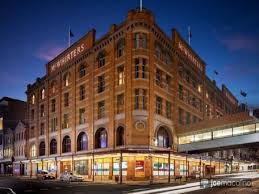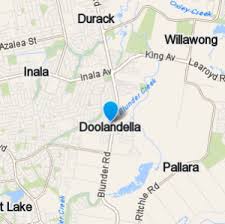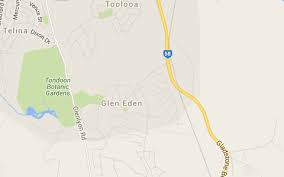Only about two kilometres from the Brisbane CBD, Fortitude Valley has developed into a business district in its own right. As with its neighbouring suburbs, Fortitude Valley has undergone extensive redevelopment and rejuvenation over the last decade. A mix of commercial and residential, much of the business activity around the Valley happens between St Pauls Terrace and McLachlan Street. Of the residential housing available in the area, new unit and apartment complexes make up the majority, attracting many young singles and couples to the area. The Valley has a hub of entertainment venues, cafes, night clubs, galleries and restaurants and draws residents and visitors from around Brisbane every weekend. Traffic congestion along Ann, Brunswick and Wickham Streets is often a problem on weekends as revellers spill out of clubs onto the streets. Shopping around the Valley is always an adventure with the variety of food outlets in the Chinatown and Brunswick Street Malls complemented by fashion boutique stores along Ann Street. The Valley Markets on Saturdays also provide a fun alternative to retail shopping. The Valley’s public transport services are excellent with a train station and regular bus services heading into and out of the City centre. In recent years, old warehouses and commercial sites have been redeveloped into mixed-use buildings catering for apartment living and retail or office space. Source: REIQ
- Fast Facts
- About
- Property Facts
- Education
- Things to See and Do
- History
- Shopping
Fast Facts about Fortitude Valley
- Population 6,000
- Median Property Price House: $ N/A Unit: $445,000
- Median Rent House: $490 PW Unit: $450 PW
- Number of schools 0
- Location 2Km from the Brisbane CBD
Gallery
- Satellite
- Transit
- Bike
- Comparables





0 Comments